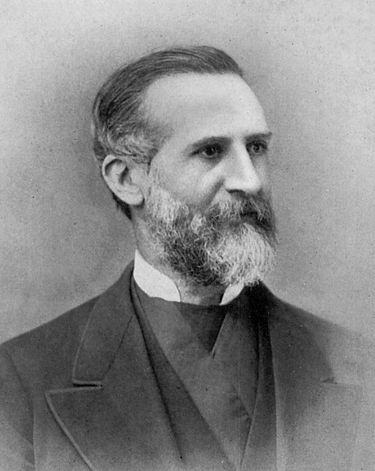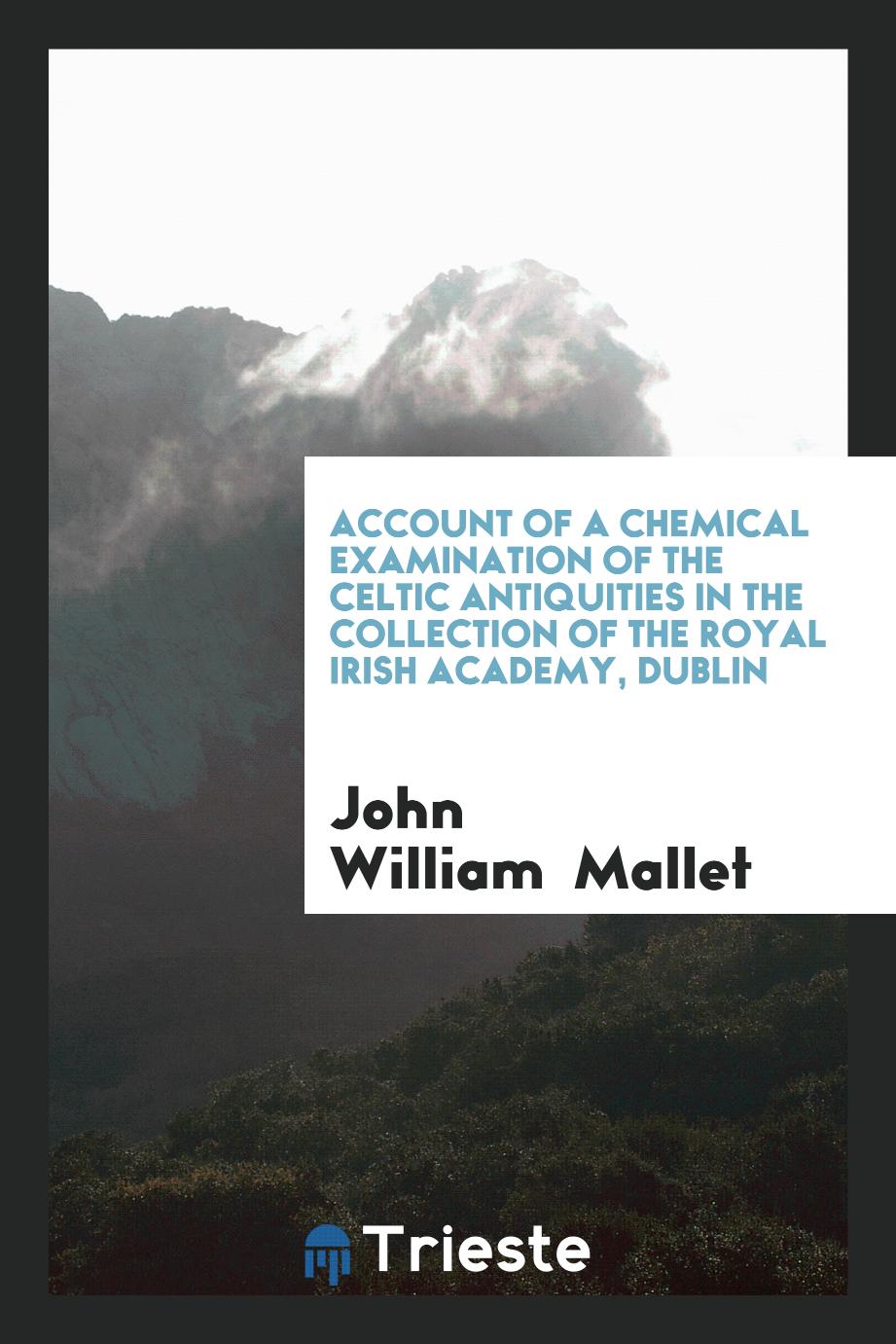
John William Mallet
John William Mallet (October 10, 1832 - November 7, 1912) was an Irish chemist who lived and worked in the United States. John William Mallet was born near Dublin from Robert Mallet and Cordelia Mallet (Watson). Robert Mallett was a civil engineer and member of the Royal Society and other societies, and had an extensive scientific library, which was studied by his son. Before going to college, John attended private chemistry classes and at the age of 17 he entered Trinity College Dublin, where he received his bachelor's degree in art in 1853. While studying at college, Mallet helped his father in seismological studies, received a gold medal in experimental physics, and also published an article “Chemical Examination of Killinite” in 1849, immediately after entering college. In the summer of 1851 and 1852, he studied at the University of Gottingen, where he attended the lectures of Friedrich Wöhler and received his degree in 1852. He submitted the corresponding thesis on the chemical composition of Celtic antiquities to the Museum of the Royal Irish Academy. Returning to Ireland and graduating from college, Mallett traveled to the United States to obtain information for his father. He lived there until the end of his life, but never became an American citizen. In 1854, he was appointed professor of analytical chemistry at Amherst, where Gottingen's friend William S. Clarke held a managerial position, but in January 1855 moved to the State Geological Survey of Alabama and became a professor of chemistry at the University of Alabama. He served in that capacity with a brief vacation spent in Mobile, before the American Civil War. In the fall of 1861, he was enlisted in the rank-and-file in the Confederate Cavalry detachment, but was almost immediately selected as an adjutant at the headquarters of General Robert E. Rhodes. He was transferred to artillery in May 1862, and by 1865 he became lieutenant colonel, and then chief of ammunition in the southern states.
